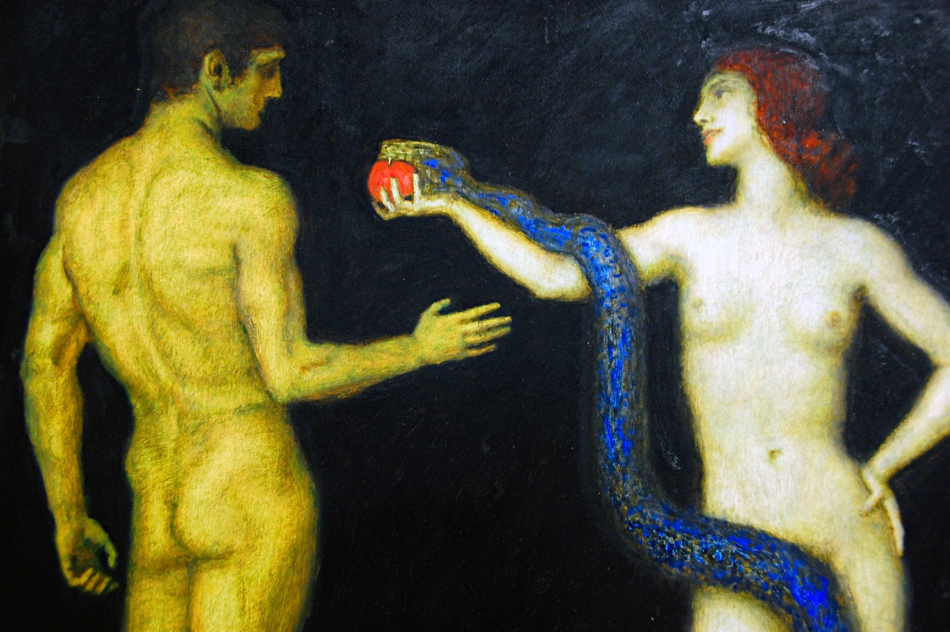
There’s a type of knowledge that takes place just at the level of perception. When you accidentally touch a hot surface, your nervous system computes, cognizes the danger, and makes the decision to recoil your hand before the signal even reaches your brain let alone your higher cognitive centers.
Something analogous occurs at the level of perceptual awareness. Unlike in the case of a completely unconscious reflex response, perceptual awareness is the combination of the sensation with consciousness to produce a mental state. This is where orientation, context, the general feel of a place, of direction, and I would argue even the conditions of meaning are established—all before our reflective, analytical capacities are able to kick in.
Since perception is the point or relation where our minds make contact with the outside world, all true learning has to take place at this level of perceptual awareness if it is to be learning in the deepest sense rather than merely unpacking a meaning latent in something we already know.
I’m reminded of the critical philosophy of the great Prussian philosopher, Immanuel Kant. Kant first argued that concepts without sense perceptions to go along with them were empty (i.e., mere fantasies), but sense perceptions without concepts were blind. In other words, without bringing some interpretative framework to bear on our experience, our experience can never mean anything to us. The architecture of the mind has an enormous, ineluctable impact on what we are even able to call knowledge.
On the other hand, he realized that if sense perception is completely formless or meaningless in the absence of an interpretive framework, then learning in the deep sense is impossible. All we’re ever do is elaborating our own minds. The rubber never hits the road.
And so he classified an entire set of experiences that do not consist merely in categorizing sensations or analytically unpacking things we’ve already learned but instead consist in the generation of new concepts, new ways of meaning-making. Among the sorts of experiences capable of generating meaning, aesthetic experiences in particular were important. Kant thought they were the most pure.
An aesthetic experience—by which Kant meant the appreciation of art or natural beauty for the sake of its form and its form alone—has the capacity to initiate an entire new form of meaning-making and relating to the world, and aesthetic experience alone has this capacity. This is because the experience decenters us. It carries us out of ourselves, away from what we already know or think we already know, out into the world of the senses, where entirely new meanings are birthed from the chaotic cauldron of sensation.
And then in light of this new information, this new meaning, the conscious mind reconfigures itself. It adjusts its paradigms to accommodate the new meaning. It does this to itself, uncoerced. And therefore the aesthetic or initiatory experience is also the original context of freedom.


